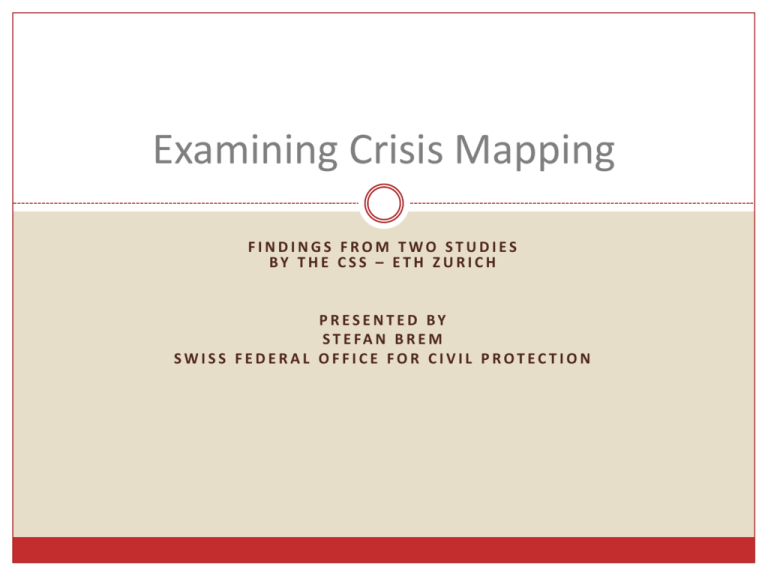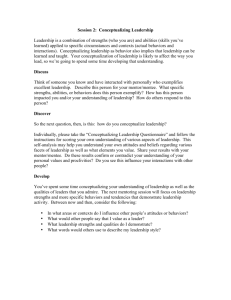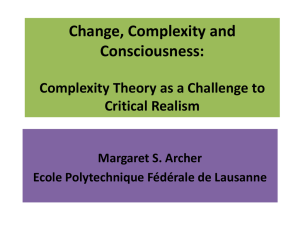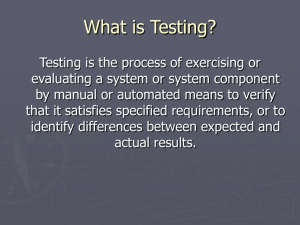Examining Crisis Mapping
advertisement

Examining Crisis Mapping FINDINGS FROM TWO STUDIES BY THE CSS – ETH ZURICH PRESENTED BY S T E FA N B R E M SWISS FEDERAL OFFICE FOR CIVIL PROTECTION The Studies Study 1: Conceptualizing the Crisis Mapping Phenomenon: Insights on Behavior and the Coordination of Agents and Information in Complex Crisis Study 2: The Changing Dynamics of Crisis Communication: Evidence from the Aftermath of the 2011 Tsunami in Japan Conceptualizing crisis mapping: Findings I Self-organization vs. resource-dependency? Crisis mapping, while initially an emergent process, is also showing how various resources, people, and information converge to help a community in the post-crisis period when providing quick relief is critical to mitigating effects. ICT enable potentially global crisis convergence (e.g. Haitian diaspora helped to translate messages after earthquake). In both cases analyzed, weak agents (student groups, online communities, etc.), but also strong agents (UN agencies, governments, newspapers, etc.) played pivotal roles in the crisis mapping processes. Conceptualizing crisis mapping: Findings II Added value of collaborative crisis mapping: Crowdsourced online maps have the potential to open new opportunities to enable collaboration in crisis situations and overcome coordination problems. The application of these technologies can activate additional valuable resources and speed up information collection and dissemination in complex emergencies. In the cases under study, the benefits of collaborative crisis maps for governments clearly outweighed the drawbacks. Crisis Communication: Recommendations I Update crisis management conceptualizations: New information technologies open new opportunities for new, often only loosely organized social actors to contribute valuable resources (such as ground information and local knowledge) to the management of complex crisis situations. In order to tap all the available resources for building social resilience, governmental actors need to develop new approaches how to integrate the multitude of involved social stakeholders into governmental strategies of risk and crisis management. Crisis Communication: Recommendations II Exploring governments’ role in crisis mapping: Rather than restricting or trying to control behavior, government actors should identify ways to facilitate such adaptive and resourceful traits within communities – this can be by supporting crisis mapping efforts via improving verification mechanisms of crisis info, training online emergency volunteers, etc. Today, governments already play an important part in the self-organizing behavior of communities in crisis - be it as facilitator, supporter or multiplier. Consider factoring theses processes into strategy developments.











